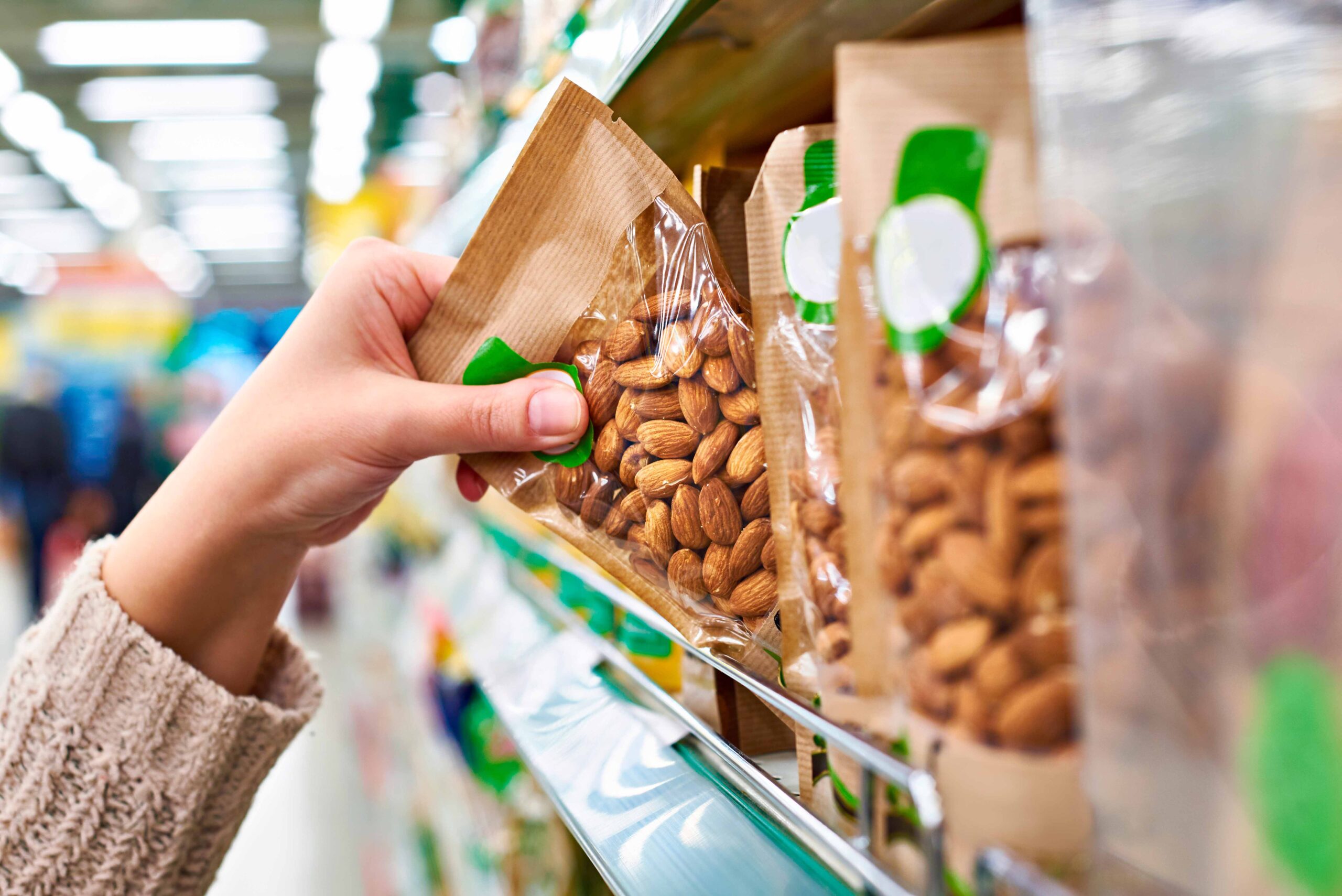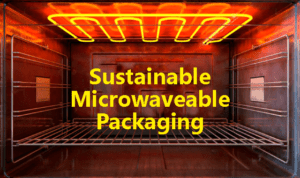Nowadays, the packaging of a product has a fundamental role that goes far beyond mere wrapping. Its image directly influences consumers’ purchasing decisions. Attractive, well-designed packaging can arouse interest, generate desire and even convey the values of a brand. But despite its aesthetic and commercial dimension, we must not forget its original function: to ensure that goods can be preserved, transported, stored and handled safely, economically and efficiently.
The functions of packaging
In reality, packaging has a dual function. On the one hand, it acts as a powerful marketing tool. On the other hand, it is a key component in the logistics chain. Both dimensions (visual and functional) must be balanced in order to achieve effective and, nowadays, sustainable packaging.
Well-designed packaging must not only capture the consumer’s attention but also protect the product throughout its life cycle. This includes resisting potential shocks and transport conditions, preventing breakage or damage, and maintaining the integrity of the contents even when it reaches the end customer. Ease of opening, re-use and proper recycling are also part of the user experience that is more valued than ever.
However, growing environmental concerns have led companies to rethink their packaging design and apply eco-design. Consumers are increasingly demanding responsible choices, and brands that embrace sustainability are gaining a clear competitive advantage. Using recyclable or compostable materials, reducing unnecessary volume and choosing reusable formats not only helps the planet, but also reinforces the image of a company committed to the environment.
What are the issues they face?
Reducing environmental impact is a key issue facing the packaging industry. Companies are looking to minimise the impact of their products without compromising product functionality. Thanks to the environmental awareness that is developing in society, it provides a positive brand image for companies.
But beyond questions of image or profitability, the shift towards sustainable packaging is an urgent necessity. According to the United Nations Environment Programme, approximately 46% of plastic waste ends up in municipal landfills and 22% is improperly managed, contributing to soil, water and air pollution. In this context, every design decision counts.
Managing packaging correctly means thinking about its entire life cycle from the beginning. Companies have the responsibility to choose materials that can be reincorporated into the production system or at least have a lower impact after use. Consumers, for their part, must actively participate by depositing waste in the appropriate container, and to this end a Packaging Marking Act has been developed as a guide for consumers and manufacturers. Governments also have a key role to play by developing regulations governing the use of polluting materials. A clear example of this is the progressive ban on single-use plastics, which will come into force in many European countries from 2030.
What is sustainable packaging?
It is not just a question of packaging being recyclable. Sustainable packaging must meet a number of criteria that make it both logistically and environmentally efficient. According to the Packaging Ecodesign Guide published by Ecoembes and Ihobe, a truly sustainable packaging must have the following characteristics:
- It will have relevant information for the consumer from an environmental point of view, such as the correct way to recycle it.
- The materials used must be sustainable and have their corresponding Sustainability Statement.
- Strategies to optimize and facilitate recycling.
- Easy to handle and optimize.
- As good packaging, it should provide safety and security and ensure the protection of the product’s properties.
Advantages of sustainable packaging
The advantages of opting for this type of packaging are numerous. Firstly, waste generation is reduced and pollution associated with the production and disposal of materials is reduced. In addition, consumers increasingly value brands that offer responsible solutions, which translates into greater loyalty and a better reputation. It is also a way of anticipating future regulations, avoiding penalties and adapting to a constantly evolving business environment.
Our PackInGreen® Compostable and Recyclable Packaging
Packaging has become much more than a wrapper. Today it represents a statement of intent. It is an element with the ability to protect, communicate and transform. That’s why at Coverpan we continue to innovate and invest in the development of new, more environmentally friendly flexible packaging. Investing in packaging design is not only a strategic decision, but also a commitment to a more conscious future.
We invite you to get to know our PackIngreen packaging line.






